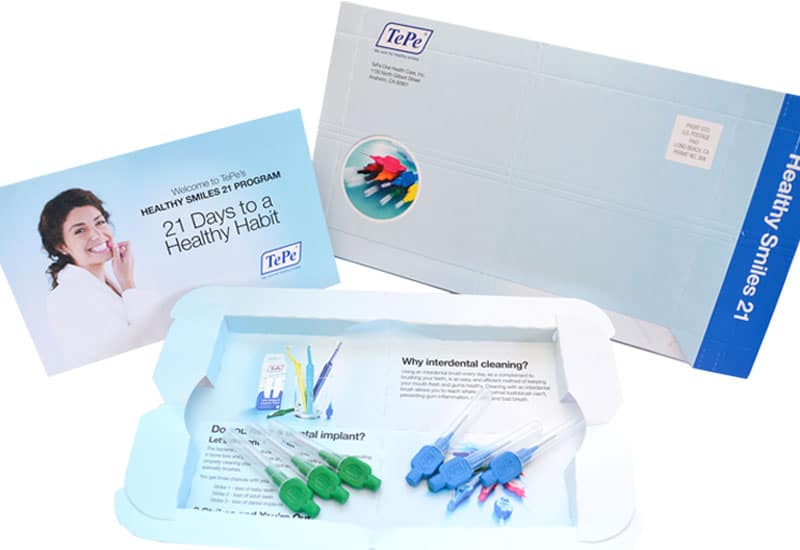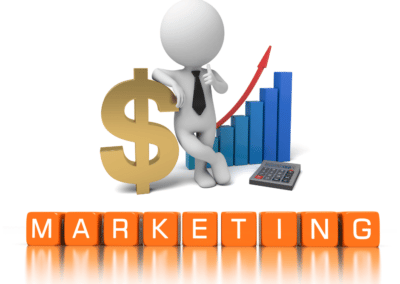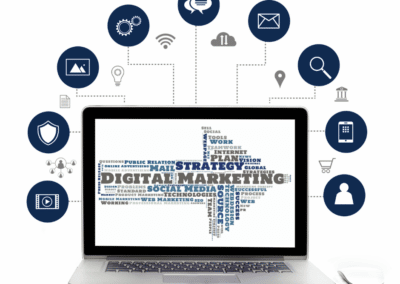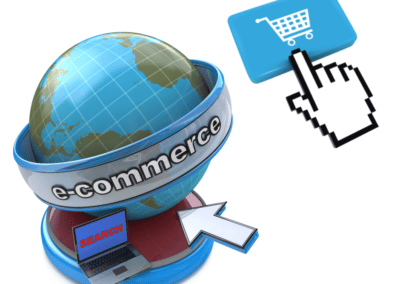Spend five minutes scrolling through your Facebook or Instagram feed and you will probably see ads for at least three brand new products from companies you’ve never heard of. But how do you take this online traffic and convert it to in-store traffic?


Setting up an e-commerce website is incredibly simple, and targeted display and social advertising make it possible for businesses to target the people most susceptible to their marketing message.
If your business model is purely e-commerce, there are many strategies to drive online sales (a different topic, which we will discuss in later posts).
But there are many businesses and industries that can’t function solely online. If your store is a valuable part of your customer experience, driving traffic to your location is essential.
Whether you’re a dentist, or a massage therapist, or a contractor, the delivery of your service requires a physical presence. And yet, with so many people walking around with their noses buried in their phones, you may not be able to rely exclusively on your location and signage to capture your customers’ attention and get them walking through your doors.
Try these simple steps to turn online traffic into store traffic:
Tip #1: Make sure your customers can find you
When potential customers are searching for products/services, they’ll likely come to the Google SERP (Search Engine Results Page) and they’ll visit the Local Pack (the map listings etc.) or the web search results. To make sure you’re found in both areas, try the following:
- Make sure you’ve filled out and optimized your Google Business, Yelp, and Facebook listings, as well as any other review sites relevant to your industry.
- Accumulate good, quality reviews from your current customers. Make sure this happens over time, not all at once, and don’t try any shady fake review tactics— it will always backfire.
- Include your location information clearly on your website, possibly on a dedicated location page.
- Be active and engaged online. Respond to reviews, post frequently to your social media channels, and update your website. Google sends traffic to businesses who will provide their users with a fantastic online experience. Keep that as your goal, and you’re on the right track
Tip #2: Increase the visibility of your products online
Just because you don’t sell online, doesn’t mean that you can’t display your products. Google Inventory ads, released earlier this year, allow you to display your products in the search results.
But instead of directing shoppers to an e-commerce page where they can purchase the product, it directs them to your store where they can come and see it for themselves.
This is particularly helpful for higher-ticket items that shoppers might want to see in person, or that would be difficult to ship.
Tip #3: Make sure your website is easy to navigate with a clear call to action
Even if you’re not selling online, make sure that when customers come to your website they are able to find what they need. This encourages them to take the next step in the conversion process.
Are they in the research phase?
Make sure the answers to their early-stage questions are easily accessible.
Are they in the selection phase?
Make sure the information on your products’ specifications and advantages is front and center and easy to understand.
Are they ready to purchase?
Let them know exactly where you are located and what their next step should be.
Secondly, identify some conversion actions your customers can take on your website, such as signing up for a newsletter, a free trial, a download, purchasing gift cards, etc. At the very least, you’ll get their email addresses, and can continue sending them reasons to come visit your store!
And, perhaps most importantly, don’t forget to make your website beautiful and inviting. Show off your best work. This may be the first real interaction the customer has had with your business.
In the first 2.6 seconds of landing on your website, a user’s eyes will land on a key element that determines their first impression of your business. A great website has the power to turn web traffic into foot traffic.
If you’d like more ideas about driving online traffic in-store, email us at [email protected].




